With a slight break in the streak of hot, humid weather we’ve had this summer, I’m finding myself spending more time outdoors, especially in the evenings when the sun crosses over the house and onto the street side. The last few nights I have found myself playing the “What if….” game. What if I added night lighting to my landscape?


The addition of landscape lighting to a property brings benefits on several levels. The most obvious one is the safety that night lighting can give to a space. In our case, we have uneven walkways and dark corners that are treacherous for even simple, everyday tasks like taking out the trash much less evening strolls in the garden. A misstep can mean a skinned knee or even a broken bone, especially for those who are unfamiliar with the terrain.

Adequate outdoor lighting also creates as a sense of safety as you approach or leave your home at night. It is reassuring to be able to see that no one is lurking in the shadows. Sudden, unexpected bursts of light can help to deter burglars (and pesky deer or other critters) from approaching your home and doing damage.

While the added safety is definitely a plus, it isn’t the real pull for me –rather, it is the pure magic that can be created by well-designed night lighting.
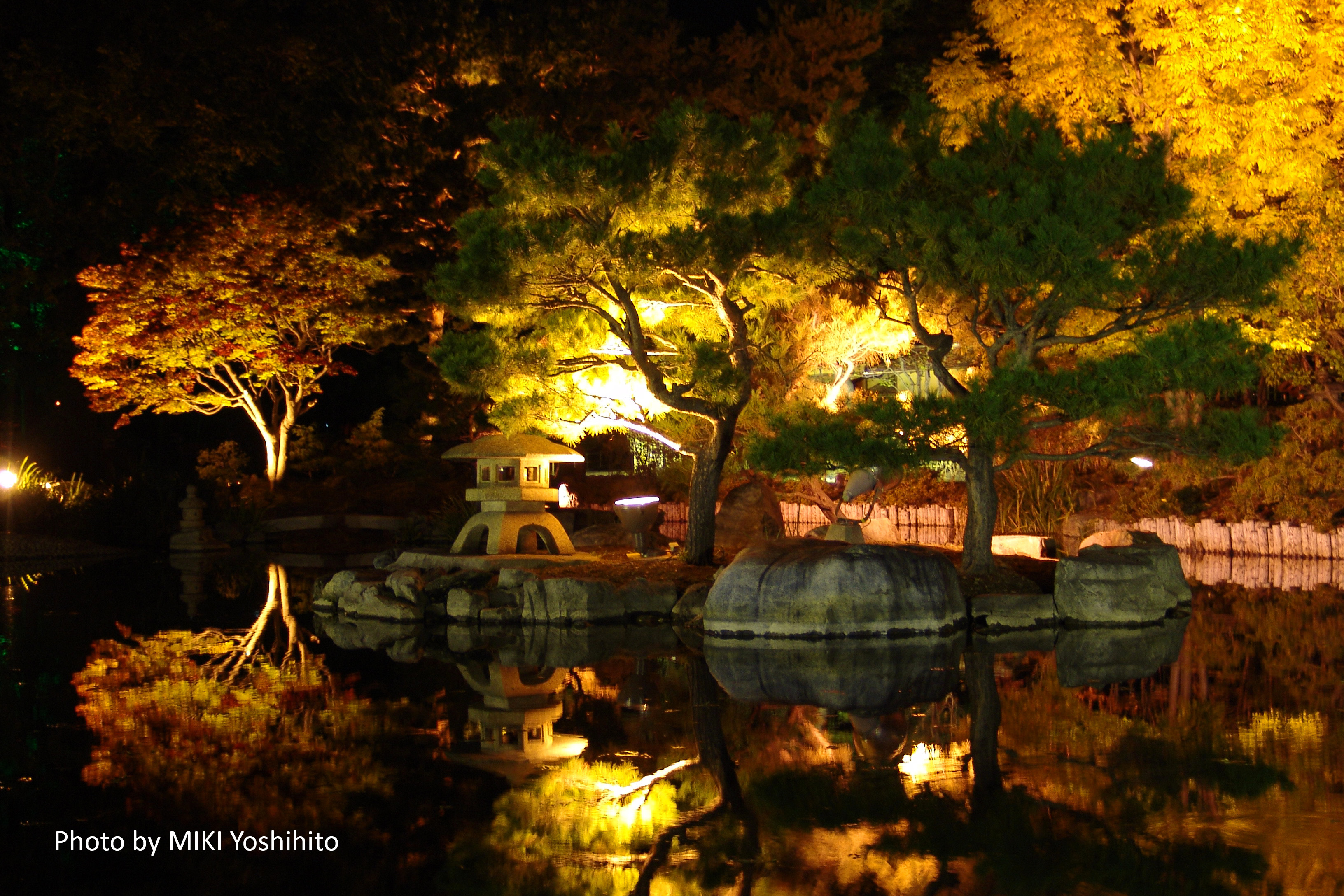
Nightscaping, or intentionally using soft, outdoor light, adds ambiance and intrigue to a space. It entices you to spend just a few more moments outdoors and begs you to soak in the character of the night. It draws your eye into the distance beyond the light while at the same time it highlights unique features made special in the dark. Night lighting, if done judiciously, transforms a darkened space into a breathtaking work of art.

Just like any design, nightscaping requires thought and planning so that each of the elements of lighting design can be properly addressed and implemented using the most appropriate lighting techniques.
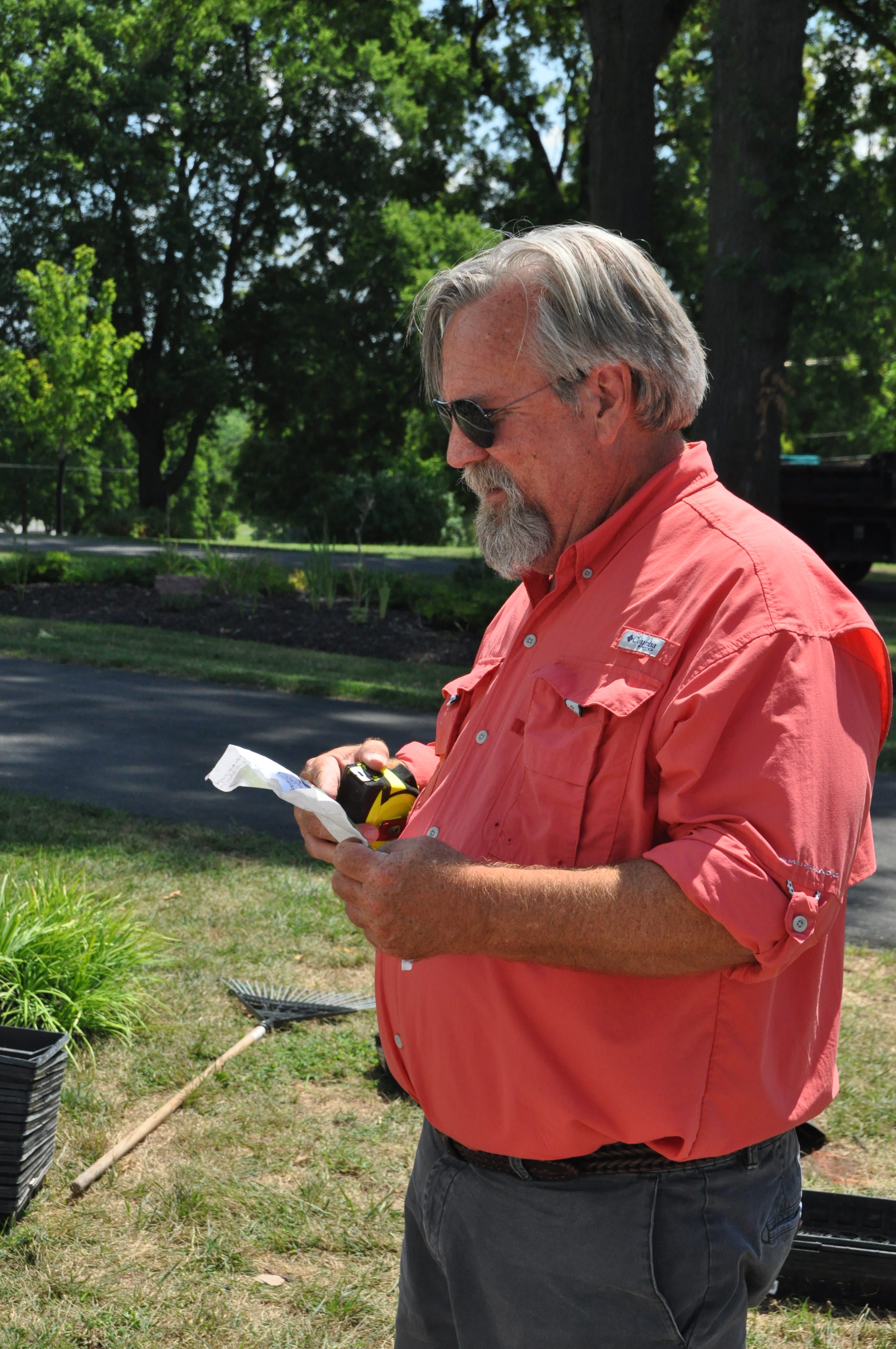
Understanding the major techniques used in lighting design is a good place to start. There are three major categories of lighting. One is UP-LIGHTING, which is using a fixture to direct the light upward to create a dramatic and sometimes mysterious effect. Up-lighting is often used to highlight unique architectural features or beautifully branched trees. It emphasizes the contrast of dark versus light in a landscape by creating deep shadows.

Another technique is DOWN-LIGHTING, or as I have seen it called, the delightful name of MOON-LIGHTING. This approach creates a softer, more dappled light, especially when the fixture is placed in a tree or in a spot that acts to diffuse the beam. Moon-lighting gives a glimmer of fantasy, charm and even romance to the scene.

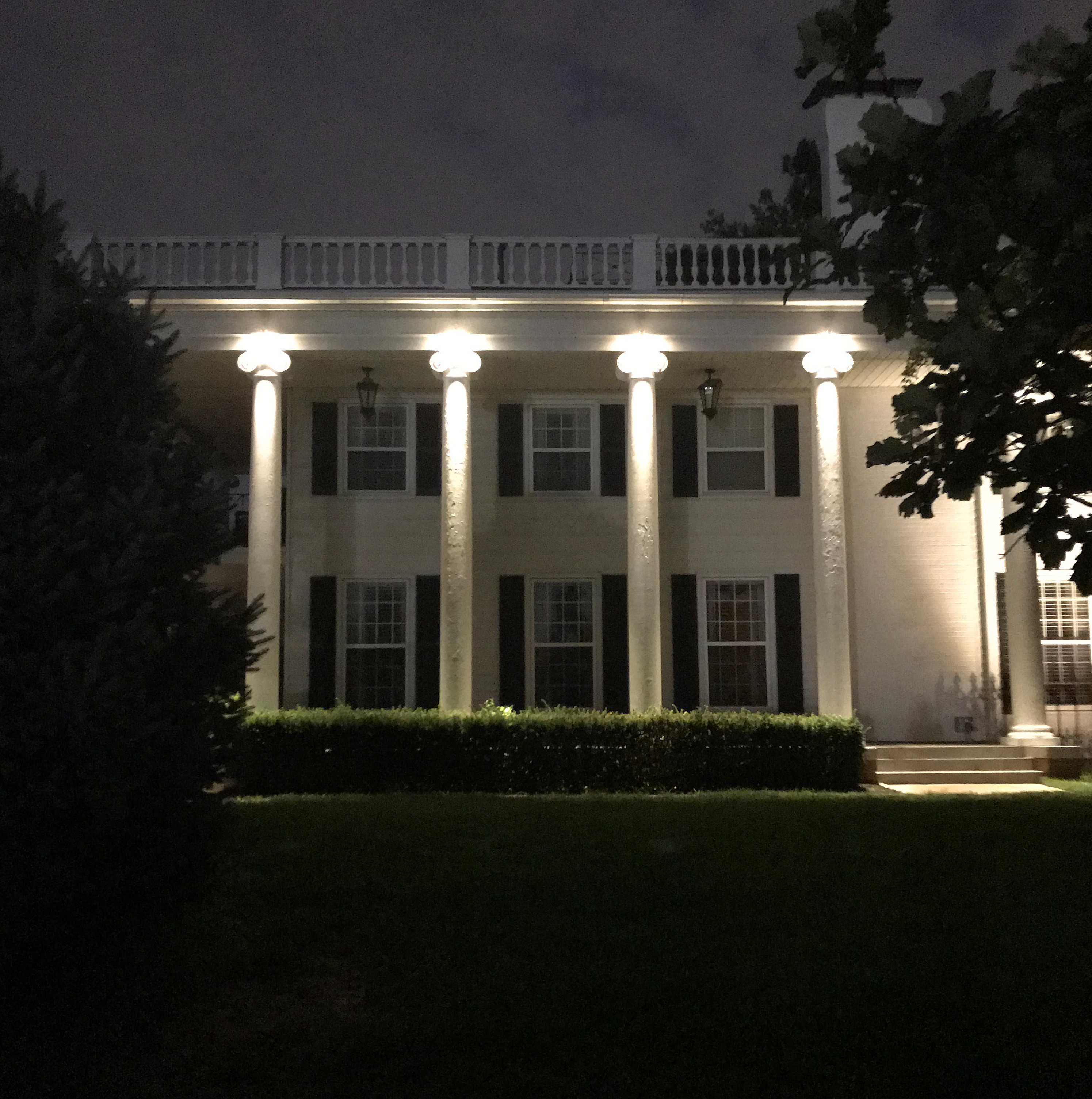
The third common technique is CROSS-LIGHTING, which is done in exactly the manner the name describes. When cross-lighting, fixtures are set evenly on both sides of the feature so that the beams cross over or through the object. As the beams cross, they light both sides. This type of lighting works well for focal points that may appear awkward or out of balance if lit from just one position. Features with irregular shapes are often cross- lit.

The yard becomes a canvas when installing night-lighting; considering the classic design principles is essential for a pleasing result. As usual, the first questions to be answered are “What are the goals of the nightscaping? What mood do you wish to communicate?” Clarifying the overall goals of the project helps to guide the choices and create a unified design.
Once the goals have been defined, then the actual design work can be begun. One of the first elements to consider in the nightscaping is PERSPECTIVE. Unlike a painted canvas on a wall which is viewed from relatively stationary angles, the lighting design in a yard is viewed from a multitude of perspectives. The landscape and its lighting is seen through windows from inside the house as well as differing positions outdoors. People move through the canvas itself. Recognizing and designing for the aspect of movement keeps the viewer’s experience fresh from multiple points of view and prevents harsh glare or uncomfortable views .
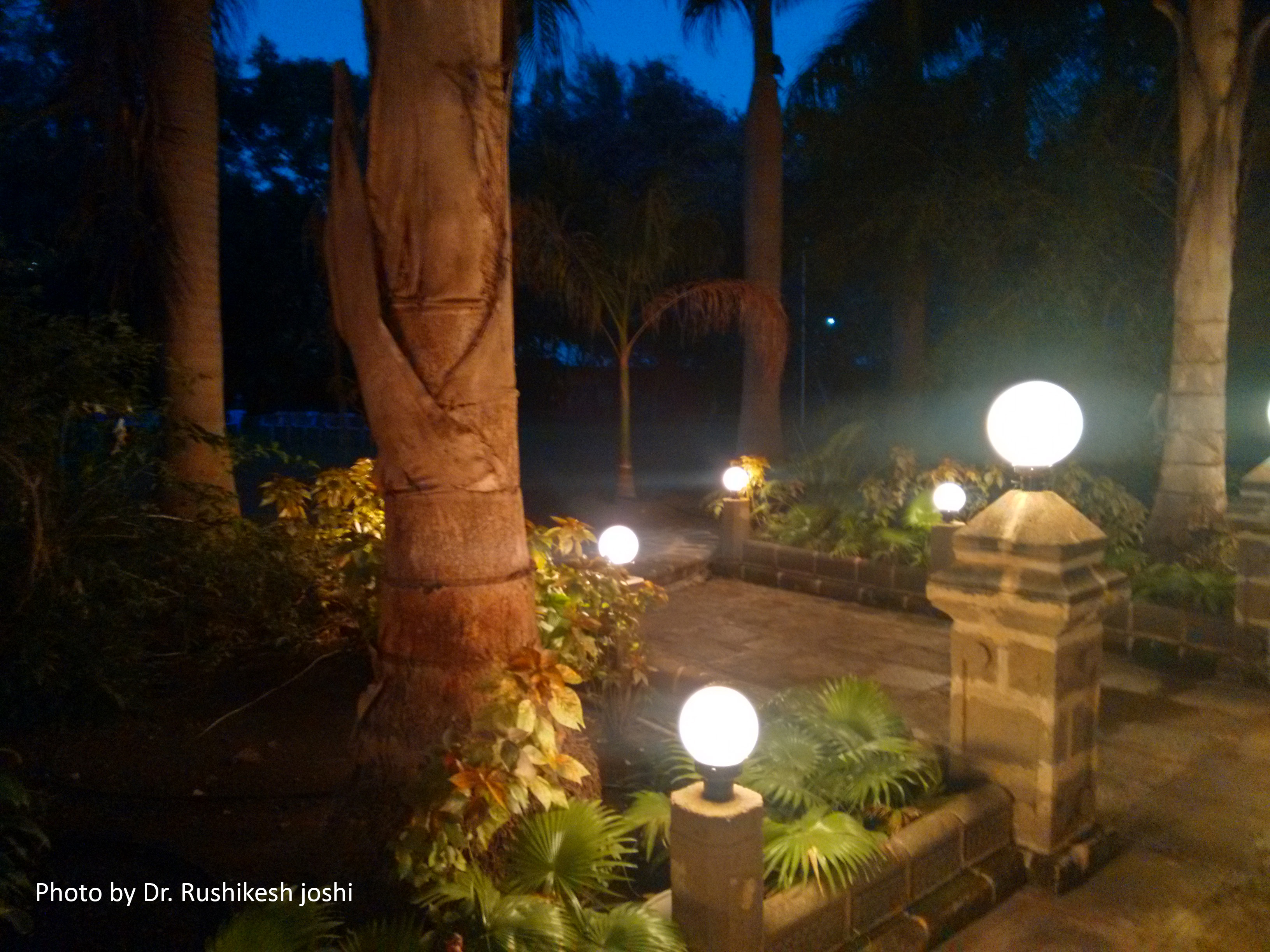
DEPTH OF VIEW is a vital element in revealing the story within the nightscape. Very simply put, in art and photography Depth of Field (our term Depth of View) refers to the space within an image in which objects remain “acceptably” in focus, inviting the viewer to study them more closely. In other words, the artist is directing the viewer’s gaze in order to tell a story. Night lighting, when effectively designed and installed, also controls the scene. Variations in lighting techniques can move the onlooker from the immediate foreground through the landscape and into the mystery of the background.
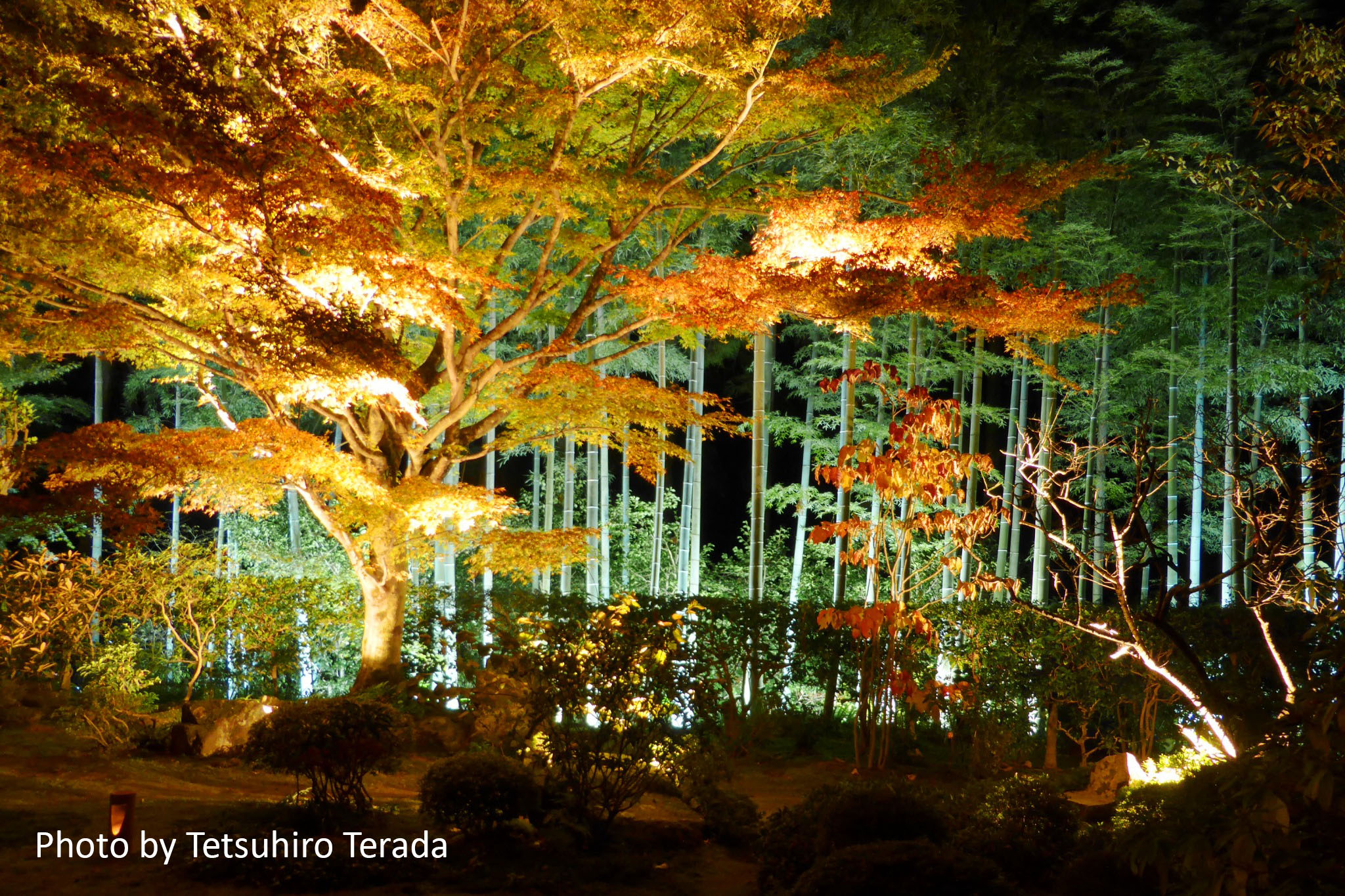
As our eyes sweep over a scene, we think we are seeing the entire picture. In reality, our eyes and brains are actually demanding and recording still images on which to focus and process, if only for a millisecond at a time. By including FOCAL POINTS in our lighting designs, we give the eye and the brain landing-places that effectively communicate our intended message and enrich the viewing experience.

The natural world is abounding in both SYMMETRY, “the correspondence in size, form, and arrangement of parts on opposite sides of a plane, line, or point” and a sense of BALANCE, “a state of equilibrium”. Humans are wired to find beauty in symmetry and safety in balance. Nightscaping should include those elements, emphasizing both natural and manmade examples.

Tying each of these elements together is a strong sense of UNITY in the overall design of the nightscape. There is a sense that all of the parts blend together to form a whole picture, rather than a series of isolated, unrelated and disconcerting islands of light. The eye follows strategic pathways of light that lead from one magical moment to another and then into the slightly mysterious shadows.

Tonight, try seeing your home as it could be if it were nightscaped. Imagine the story it could tell!
Then, call the designers at Embassy Landscape Group to help you turn your dream into reality.


